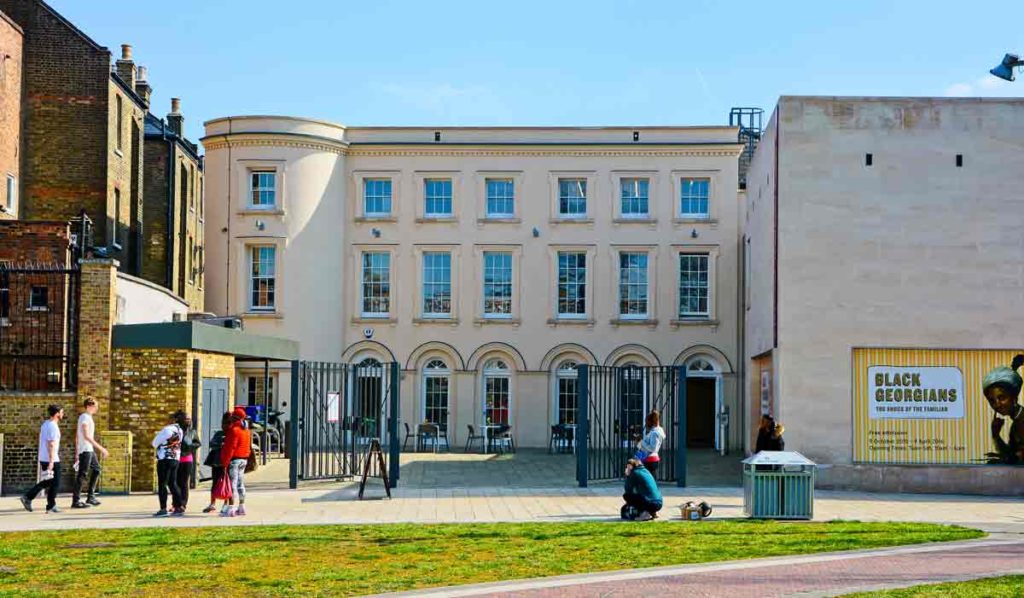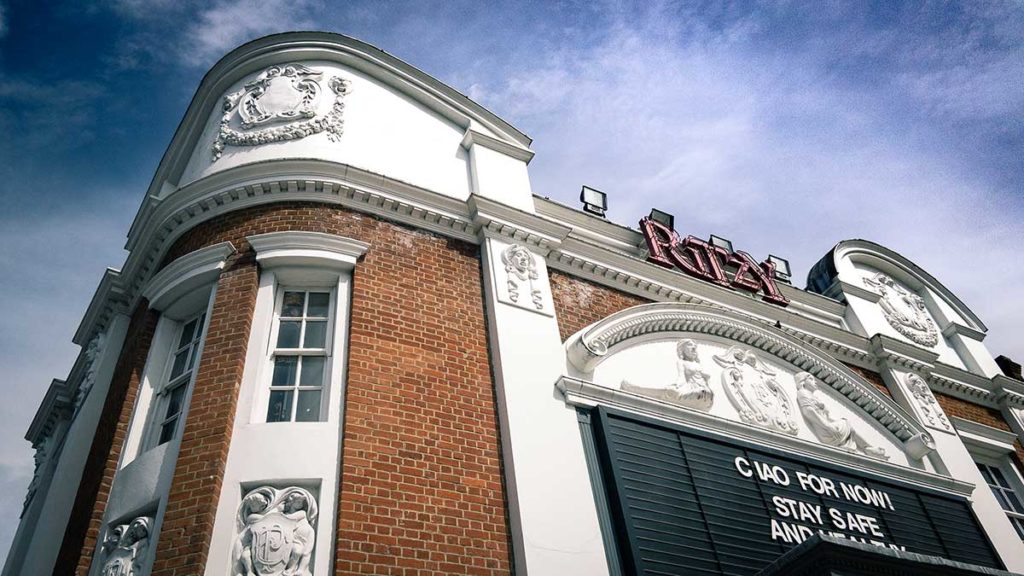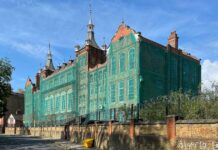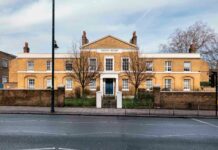

Maya Campbell on how people from so many different ethnic backgrounds, languages and dialects have woven together over many years in such a beautiful way in Brixton
As a relentless heatwave hit London in the summer of ’83, my grandmother left behind her life in Goa with my mother, uncle and grandfather, to begin a new life on Robsart Street in the heart of Brixton.
One of the first things she fell in love with was the endless stream of reggae and ska travelling from home to home. It would blast through the open-doored balconies of Denchworth House in the height of what was ,to her, “a cold summer”.
My grandmother’s artistic practice thrived in the creative hub of Brixton and her first show was in Brixton Art Gallery.
Brixton Art Gallery no longer exists, but it was formerly situated under the railway arches, founded by local artists, writers and poet Linton Kwesi Johnson in the same summer she laid down roots here.
The 198 Gallery on Railton Road also presented her first solo exhibition called Baisakh in the 90s, in which she explored her Nepali heritage, creating an immersive Nepali forest and waterfall installation – it is this dedication to sharing the work of the local and black community members that makes Brixton’s collective heritage so culturally diverse.
Growing up in a tight-knit community, where the voices of people from all walks of life are expressed, has made me deeply appreciative of how people from so many different ethnic backgrounds, languages and dialects have woven together over many years in such a beautiful way.
One of the most inspiring exhibitions I have seen was shown in the Black Cultural Archives (BCA) five years ago, only one year after its opening in 2014, exploring the everyday lives of “Black Georgians”. This ambitious collection cast a light on the legacies of black writers and the limitations that colonialism and slavery placed upon their lives.
After being derelict and boarded off for many years, this Grade II listed Georgian building that was built in 1824 was filled with a new vitality. Looking out onto Windrush Square, the exhibition could not be held in a more fitting location.
The BCA collection, founded in 1981, holds more than 10,000 documents, objects and photos relating to the history of people of African descent in Britain – and as a native Londoner, of mixed Nepali and Jamaican heritage, being exposed to this gave me a much more nuanced and tactile understanding of my own history than my school curriculum ever could.
The Ritzy Cinema used to host an incredible art stall every Saturday in the 2000s that I used to take part in with my grandmother and many other talented artists, textiles artists and jewellery designers.

More than anything, I loved sneaking away to watch films in Screen One when the stall was quiet, marvelling at the dramatic red velvet curtains and the ornate Edwardian features that adorned the walls and ceilings. It used to be called The Electric Pavilion and opened in 1911, surviving the wartime bombing in 1940 unlike the neighbouring Brixton Theatre that was completely destroyed.
The architecture surrounding us has witnessed so many joys and injustices, that have shaped our current community into what we live and breathe.
Brixton’s cultural heritage has impacted upon the contours of all of our lives and is filled with an unbridled love for championing bold, creative voices.








